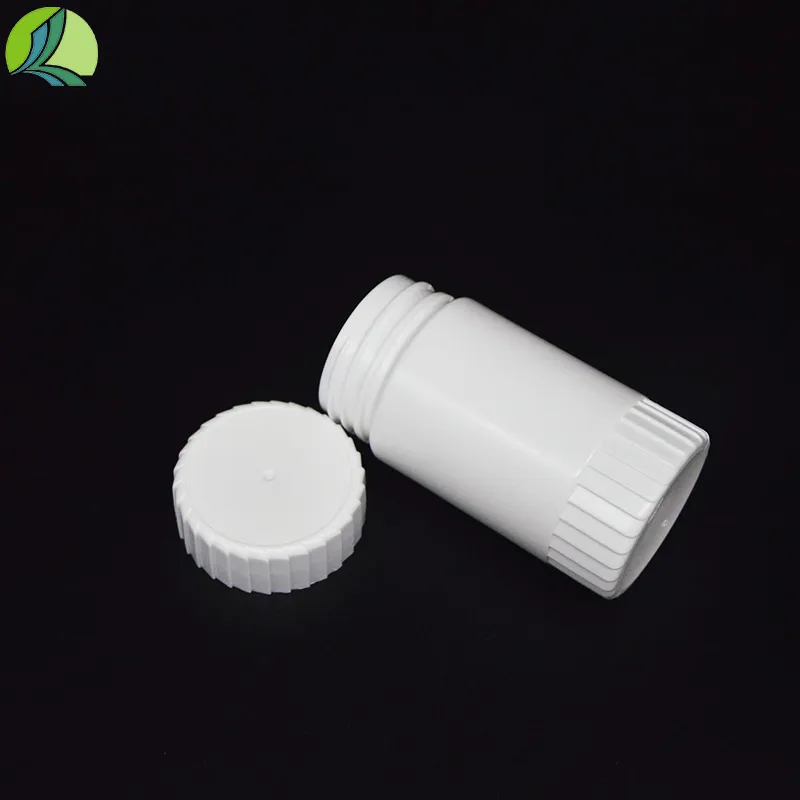dropper bottle sizes
Understanding Dropper Bottle Sizes A Comprehensive Guide
Dropper bottles have become an essential component in various industries, from pharmaceuticals to cosmetics and botanical extracts. Their versatility and ease of use make them popular for dispensing liquids in controlled amounts. However, choosing the right dropper bottle size is crucial for both the effectiveness of the product and the convenience for the user. In this article, we will explore the different sizes of dropper bottles available in the market, their applications, and some tips for selecting the appropriate size for your needs.
What Are Dropper Bottles?
Dropper bottles are containers that come with a dropper attached to their lid, allowing users to dispense liquids drop by drop. They are typically made from glass or plastic and can hold a range of liquid products, including essential oils, tinctures, or even liquid medications. The dropper’s design ensures precision dispensing, making it ideal for products that require careful measurement.
Common Dropper Bottle Sizes
Dropper bottles are available in a variety of sizes to cater to different requirements. Here are some of the most common sizes found on the market
1. 15 ml (0.5 oz) This small size is ideal for samples or products that are used in small quantities, such as essential oils or serums. It’s perfect for individuals who want to try a new product without committing to a larger size.
2. 30 ml (1 oz) The 30 ml dropper bottle is one of the most popular sizes. It is commonly used for essential oils, tinctures, and beauty serums. This size strikes a good balance between portability and usability, making it suitable for daily applications.
3. 60 ml (2 oz) For products that are used more frequently, a 60 ml dropper bottle can be a practical choice. It allows for more substantial content, reducing the need for frequent refills. This size is often used for herbal extracts and larger beauty products.
4. 120 ml (4 oz) and Larger These sizes are typically used in commercial applications where larger quantities are needed. For instance, they can be suitable for bulk oil dispensing or for businesses that sell prepared tinctures wholesale.
Choosing the Right Size
dropper bottle sizes

Selecting the right dropper bottle size depends on several factors, including
- Usage Frequency If a product is used daily, it may be more economical to opt for a larger bottle. For infrequent use or testing purposes, smaller sizes are often more appropriate.
- Dispensing Needs Consider the viscosity of the liquid. Thicker liquids may not dispense as easily from a small dropper, so a larger bottle with a more robust dropper may be necessary.
- Target Audience For retail products, understanding your customers’ preferences can influence the dropper bottle size. Trendy, travel-friendly sizes may appeal to younger customers, while larger sizes may attract those looking for value and longer-lasting products.
Industry Applications
Dropper bottles are used across various sectors
- Pharmaceuticals In the pharmaceutical industry, precision dosing is critical. Dropper bottles ensure that patients receive an accurate amount of medication, making smaller sizes preferable.
- Cosmetics and Skincare In the beauty industry, the 30 ml and 60 ml dropper bottles are favorites for serums and oils. Their aesthetic appeal and functionality play a role in consumer choices.
- Food and Beverage Certain culinary products, such as flavored oils or extracts, also benefit from dropper bottles, facilitating precise measurement in cooking or cocktail mixing.
Conclusion
Dropper bottles are invaluable tools that provide convenience and precision for liquid dispensing. Understanding the different sizes available can help consumers and businesses make informed choices that best suit their needs. Whether for personal use or commercial purposes, selecting the right dropper bottle can enhance the product experience, ensuring that users can enjoy every drop efficiently and effectively. With their diverse applications and growing popularity, dropper bottles are here to stay, making them a staple in many households and industries.
-
Aesthetic Makeup Spray Bottles | Fine Mist Empty RefillableNewsAug.19,2025
-
White Plastic Veterinary Vaccine Vials | Lab Liquid BottlesNewsAug.18,2025
-
Plastic Medicine Liquid Bottle: Secure Flip Top Drug VialsNewsAug.17,2025
-
Durable 250ml Blue Plastic Vaccine Vial for Lab & Vet UseNewsAug.16,2025
-
Sterile Virus Sample Tubes: Secure & Reliable Specimen CollectionNewsAug.15,2025
-
White 250ml Plastic Vaccine Vial for Lab & Vet MedicineNewsAug.14,2025
























